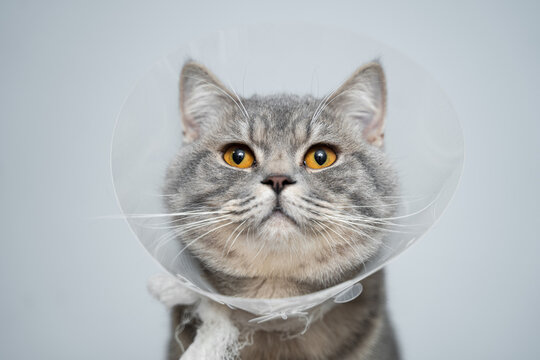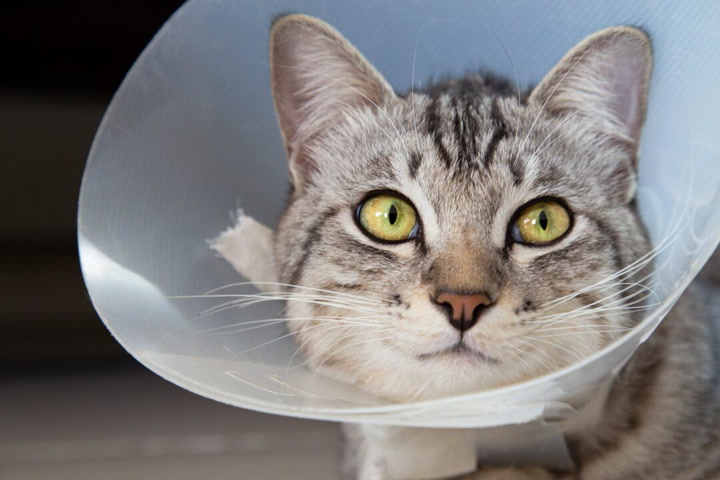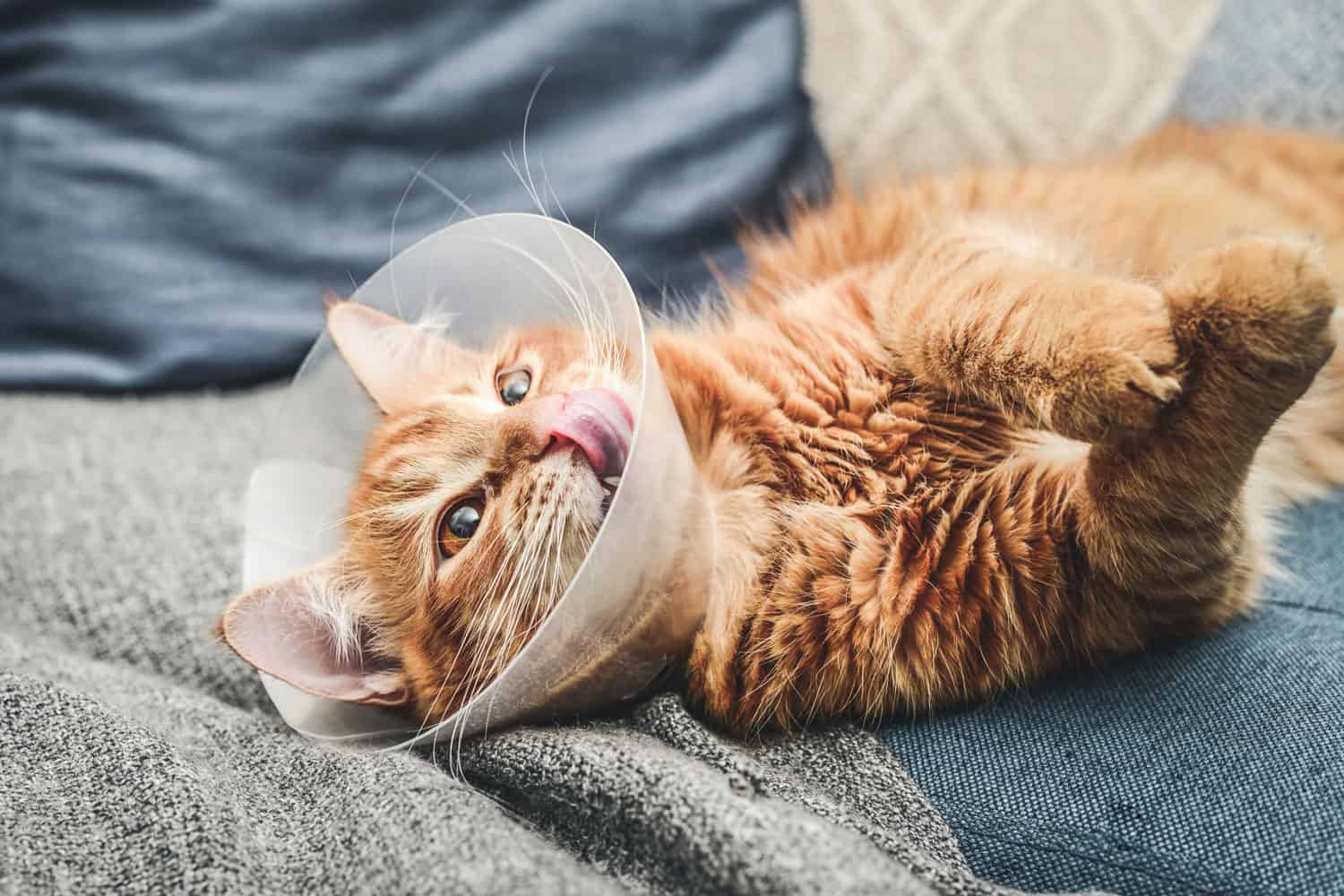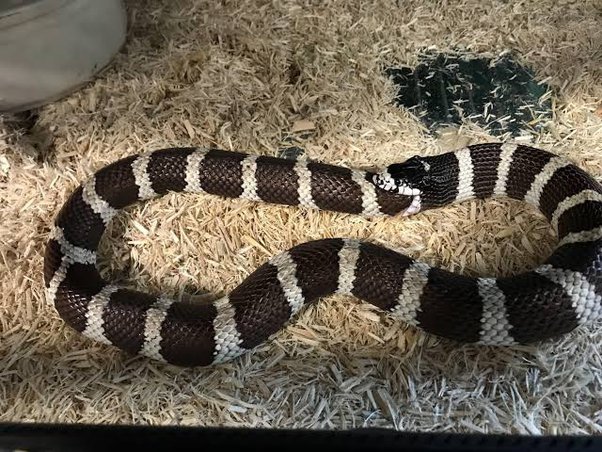The decision to remove a cone (also known as an Elizabethan collar or e-collar) from your cat should ideally be made in consultation with your veterinarian. Typically, cones are used to prevent a cat from licking, biting, or scratching at a wound, surgical site, or irritated area to allow for proper healing.
The duration for which a cone should remain on your cat can vary depending on the reason it was placed and the specific instructions given by your vet. Seven days might be the initial period recommended by your veterinarian, but it’s crucial to follow their advice regarding when it’s safe to remove the cone.
If your cat had surgery or a medical procedure, your veterinarian might want the cone to stay on for a longer duration to ensure that the healing process is well underway and to prevent any potential complications from excessive licking or scratching.
How does a cat cone prevent licking, biting, or scratching?

A cat cone, also known as an Elizabethan collar or e-collar, is a protective device typically made of stiff plastic or other durable materials. It’s designed to prevent a cat from licking, biting, or scratching at a wound, injury, surgical site, or any area that requires protection.
Here’s how a cat cone helps prevent licking, biting, or scratching
Physical barrier
The cone creates a physical barrier around the cat’s head, preventing direct access to the targeted area. This makes it difficult for the cat to reach the area with its tongue or teeth.
Restricted movement
The cone limits the cat’s ability to bend its head or reach certain parts of its body. This restriction discourages the cat from trying to access the area needing protection.
Protection from self-harm
By preventing the cat from licking, biting, or scratching the affected area, the cone reduces the risk of further injury or infection. Cats tend to groom themselves frequently, but this behavior can be detrimental to the healing process of wounds or stitches.
Behavioral deterrent
The discomfort and restricted movement caused by the cone can discourage the cat from attempting to remove or manipulate the collar, thus preventing them from reaching the protected area.
It’s important to note that while cones are effective in preventing self-injury, some cats may find them uncomfortable or stressful initially. Cats might exhibit behaviors like frustration, clumsiness, or difficulty eating or drinking while wearing a cone. It’s essential to monitor your cat closely while they wear the cone and provide necessary assistance or adjustments to ensure their comfort and well-being.
What is the recommended duration for using a cat cone?
The recommended duration for using a cat cone can vary depending on the severity of the injury or the specific condition requiring protection. Veterinarians typically provide guidance on how long a cat should wear a cone based on the individual circumstances.
In general, the duration for wearing a cat cone may range from a few days to a few weeks. It’s essential to follow the specific instructions provided by the veterinarian. Factors influencing the recommended duration include:
Type of injury or surgery
The extent of the injury or the nature of the surgery can influence how long the area needs protection. More severe wounds or surgeries may require a longer duration with the cone.
Healing progress
The healing progress of the cat’s injury or wound will determine if the cone can be removed. If there are signs of inflammation, infection, or if the wound is not fully healed, the cone may need to be worn for an extended period.
Cat’s behavior
Some cats may be more prone to licking or scratching at wounds or surgical sites. If the cat continues to attempt to reach the area, the cone might need to be worn for a longer period to prevent self-inflicted harm.
It’s crucial to adhere to the veterinarian’s recommendations regarding the duration of cone use to ensure proper healing and prevent complications. Regular check-ups with the veterinarian can help assess the healing progress and determine if the cat can safely discontinue wearing the cone.
How can one assess a cat’s healing progress while using a cone?

Assessing a cat’s healing progress while it’s wearing a cone involves several observations and checks. Here are some steps to help assess the healing progress:
Visual inspection
Regularly examine the area that required protection. Look for any signs of redness, swelling, discharge, or changes in the wound’s appearance. If the wound was from surgery, monitor the incision site for any unusual changes.
Behavioral observations
Observe the cat’s behavior while wearing the cone. If the cat seems less bothered by the injury, is less interested in trying to reach the protected area, and appears comfortable, it may indicate healing progress. Conversely, increased attempts to remove the cone or persistent attempts to reach the area may suggest continued discomfort or potential issues.
Healing timeline
Follow the general timeline provided by the veterinarian for the healing process. Different injuries or surgical procedures have varying healing times. If there are concerns about the healing progress, consult the veterinarian for guidance.
Eating and activity levels
Monitor the cat’s appetite and activity levels. Normal eating habits and increased activity levels (while maintaining caution to prevent injury) can be positive signs of recovery. However, a lack of appetite or decreased activity might indicate discomfort or potential complications.
Scheduled follow-up appointments
Attend scheduled follow-up appointments with the veterinarian. They can thoroughly examine the healing area, provide professional insight, and suggest adjustments in the treatment plan if necessary.
Compliance with medication and care
Ensure that the cat is following the prescribed medication regimen and care instructions. Proper wound care, administering medications, and maintaining cleanliness as instructed by the veterinarian are crucial for successful healing.
If there are any concerns or if you notice any abnormalities during the healing process, contact the veterinarian promptly. Early detection of complications or issues can lead to timely interventions, ensuring better outcomes for your cat’s recovery.
FAQ’s
What to do if a cat hates the cone?
If your cat dislikes the cone, try soft alternatives like inflatable collars or fabric cones for comfort. Consult your vet for advice on other options.
Can I take the cone off after 10 days?
The duration for wearing a cone depends on your vet’s recommendation. Follow their guidance; it might vary based on the healing progress of your cat’s wound or surgery.
How do I get my cat to stop licking a wound without a cone?
Use bitter-tasting sprays or ointments, cover the wound with a bandage (if safe), or distract your cat with toys or play to prevent licking.
Can my cat lick his balls after being neutered?
Neutering might involve stitches or an incision. It’s best to prevent licking by using a cone or alternatives recommended by your vet to aid healing.
Can a cat wear a cone for months?
In some cases, a vet might recommend extended use of a cone for severe or ongoing issues. However, they might suggest alternative solutions for long-term care.
How do I know if my cat’s neuter is healed?
Signs of healing include reduced swelling, absence of discharge, and the disappearance of stitches. Regular vet check-ups help confirm complete healing.
Final Words
Ensuring a cat’s healing while using a cone involves checking the injury or surgery site regularly for any changes like redness or swelling. Watch how the cat behaves – if they’re less bothered and more comfortable, it might mean things are getting better. Keep an eye on their eating and activity too. Remember to follow the vet’s advice and go to check-ups.
If anything worries you or looks different, talk to the vet. Giving medicine and proper care as told is vital for the cat’s recovery. Checking and caring help the cat get better, making sure they heal up well.



